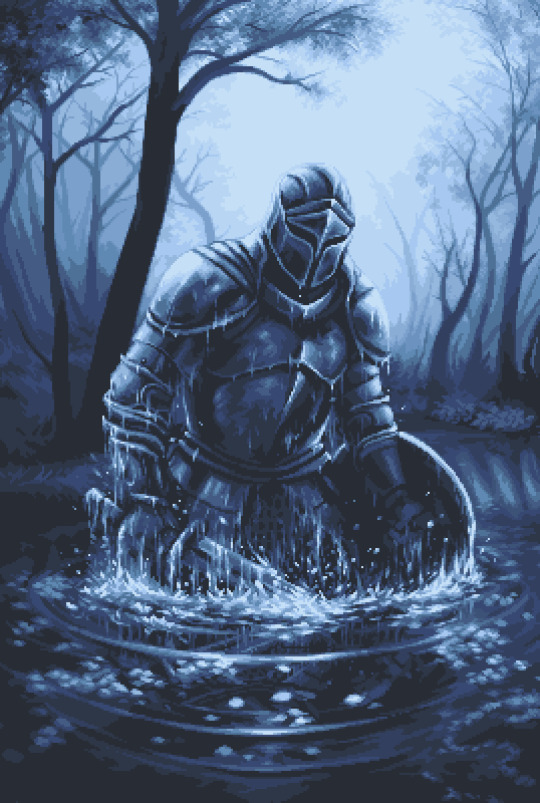Don't wanna be here? Send us removal request.
Text
Writing Notes: "i.e." & "e.g."
i.e.
Stands for the Latin id est, or 'that is'
Used to introduce a word or phrase that restates what has been said previously
What follows the "i.e." is meant to clarify the earlier statement:
Research at three British zoos suggests that meerkats "showed increased positive interactions" (i.e. they were happier) when human visitors returned than they were during the visitorless lockdown. — Peter Rhodes, Shropshire Star (Telford, England), 5 Mar. 2021
It is similarly useful for defining or explaining a term or concept whose meaning readers might not know:
If your home has “hard water” (i.e., a high mineral content), your sinks, showers, and tubs no doubt bear white or yellow buildup as a result. — Melissa Reddigari, BobVila.com, 22 Aug. 2019
While "i.e." is often set off by brackets or parentheses, it can also sometimes follow a comma or em dash.
It is usually followed by a comma.
e.g.
Means “for example.”
It stands for exempli gratia in Latin.
Used in much the same ways as 'for example,' coming before an item or list of items:
Set an immediate timeline, e.g., three weeks, to learn all this. — Waterloo Region Record (Kitchener, Canada), 12 July 2022
It is similar to i.e. in the way it is punctuated: it is often placed inside brackets or parentheses, and can sometimes follow a comma or em dash.
It is also usually followed by a comma.
NOTE
It may help to remember that both 'that is' and 'for example' function in English in the same way as "i.e." and "e.g.".
If you feel uncertain try substituting ‘that is’ for i.e., or ‘for example’ for e.g.; if your sentence still makes sense you’ve used the right one.
Source More: Writing Basics
211 notes
·
View notes
Text

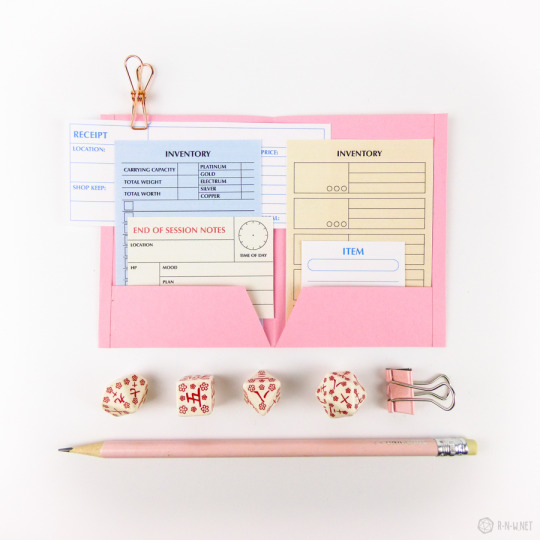

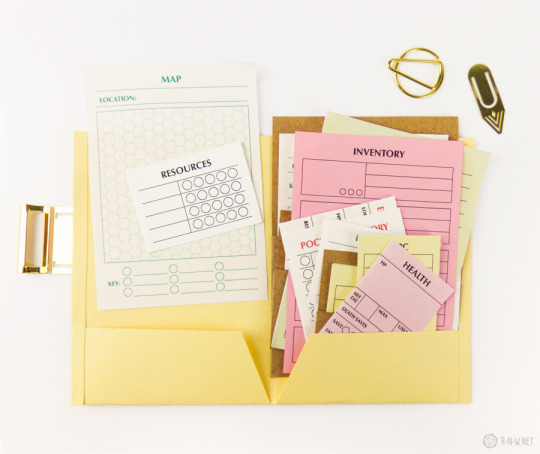
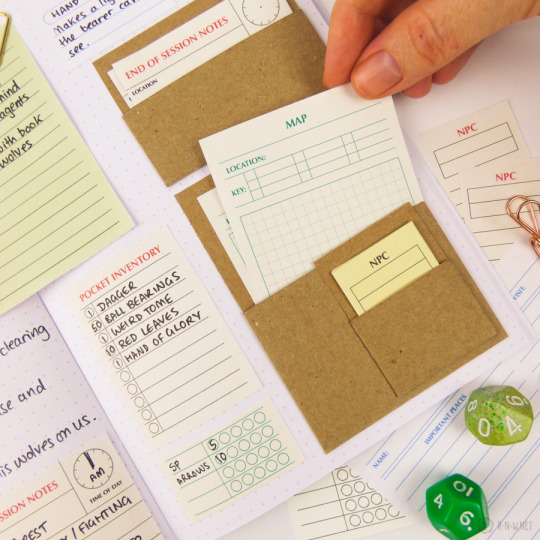
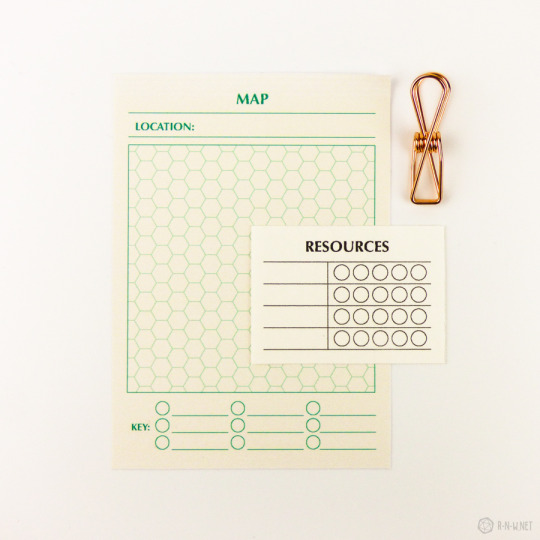

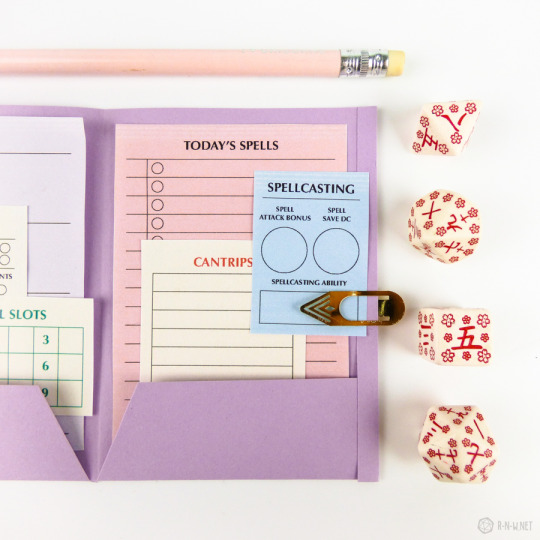
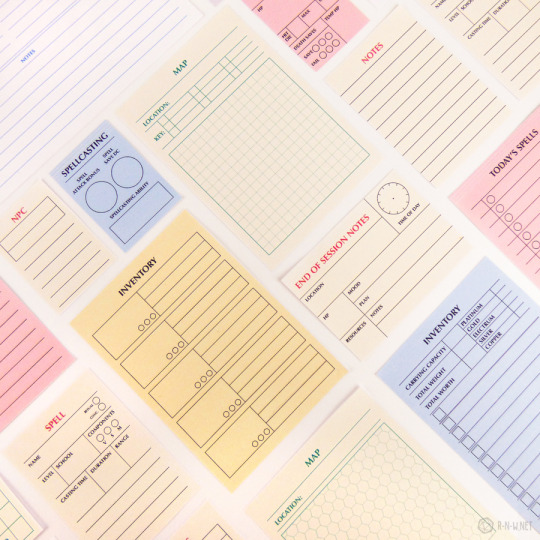
Player Memo Kits
I just finished making these vintage-inspired player memos for character journals and such, and I am ~in love~ omg. ❤️
Check them out here.
4K notes
·
View notes
Text

Christopher Carrion, the Lord Midnight
463 notes
·
View notes
Text


The term “witch” is colloquially used for any number of magical practitioners. From fairy witches, troll witches, and most commonly human practitioners of the magical arts. However the “True Witch” is not human at all but a member of the Annis family which includes a multitude of varying species. Arguably the most notorious and widely known member of this genus is the Green skinned True Witch. Their aggressive nature and proclivity for darker arts has widely informed much of the world’s view of both True Witches and witches alike.
Their “witch hat” is actually a horn that grows over time and denotes rank in their coven. Should the Reverend be struck down from their position their horn is broken by the new leader.
The Green Skinned True Witch lives under a strict caste system of subordinates and their sole Reverend leader. A coven can be as small as two, which are typically absorbed by larger surrounding covens, or as larger as 50. Older, stronger Reverends are able to command such a brood but heavy is the crown who wears it as their reign is fleeting. Should a formidable member of their coven, or an outside witch, seek the position, it is a battle that in many cases ends in a sole survivor. Should the opponent or reigning Reverend survive, they are typically cast out. The victor will keep the defeated’s horn as a symbol of their power
459 notes
·
View notes
Text
Writing Notes: Evaluating Sources in History

Listed below are questions to evaluate and measure the credibility of primary and secondary sources.
Reasonable
Do the author’s claims or statements seem plausible?
Does anything the author states seem outlandish or exaggerated?
What does not make sense logically? Why does this material not make sense?
Trustworthy
What makes the author credible (e.g., credentials, expertise, skills)?
Was the author present at the time of the historical event?
How soon after the historical event did the author write about it?
Does any of the historical information sound biased?
Are any of the author’s conclusions biased?
Does a museum, archive, or historian provide any criticisms of the source?
Accurate
Do the dates, people, and places of an event match across primary sources?
Do primary sources describe the event in similar ways?
If information differs among primary sources, what might account for that difference?
Does the secondary source describe a historical event or person using multiple primary sources?
Verifiable
Do multiple accounts of a historical event exist, or is it only one?
Do the people providing the historical accounts agree about what happened? If not, about what do the accounts disagree?
Does the secondary source acknowledge the existence of multiple historical accounts?
Does the secondary source objectively consider the value of each historical account?
Does the secondary source cite the work of other historians or experts?
Note: History is full of conflict and controversy, so historical figures may disagree over what happened in the past. Therefore, keep in mind that even if historical accounts of an event differ, the accounts may still be considered credible. When multiple, relatively credible accounts exist, evaluate each perspective fairly to understand the full historical context surrounding an event.
Source
47 notes
·
View notes
Text
Word List: Time
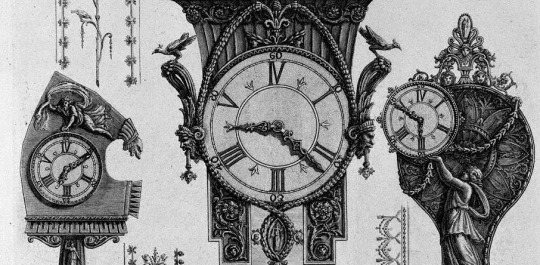
beautiful words with "time" for your next poem/story
Aftertime - future
Betweentimes - at or during intervals
Budtime - the season of budding; spring
Dreamtime - the time of creation in the mythology of some Australian Aboriginal peoples
Falltime - autumn
Flytime - the season of year during which a particular kind of fly (as the housefly or blowfly) is especially troublesome
Seedtime - the season of sowing; a period of original development
Timenoguy - a rope stretched taut from a projecting obstacle to prevent rigging from chafing or fouling
Timeworn - worn or impaired by time; age-old, ancient
Wastetime - archaic: pastime
If any of these words inspire your writing, do tag me or send me a link. I'd love to read your work!
More: Word Lists
148 notes
·
View notes
Text
SWORDTEMBER DAY 29 + 30: ETERNAL + SINGULARITY
Everblade, neither here nor there 🗡️♾️ You draw the blade from its sheath, your own reflection stares back at you from the polished metal. You draw the blade from its sheathe and it looks back at you. The blade draws you from the sheath you look at it. You draw a conclusion about the blade, vis a vis the sheathe, but look past it. You sheathe the blade, no longer looking at it. You dream the blade and its sheathe, you are its creator, and sole comfort. You forget the blade, then, suddenly, remember to draw it from its sheathe. You look at the blade and blush, does the blade like you in that way? You'd never have guessed... You mourn the blade, drawn, lived a happy life, and passed away in its sheathe. A wild blade attacks, fresh from its sheathe! This just in - reports are telling that you have draw the blade from its sheathe - do you have any comments on this matter? So apparently, and idk if this is true, but apparently you drew the blade from its sheathe? You must have drawn the blade, its in your hand, the blood is flecked on your face. Without the blade, truly, what are you? Are you only the blade? Your legacy honed and sharp, your memory forged in steel. You draw the blade. You draw the blade. You draw the blade. You draw the blade. You draw the blade. You draw the blade.
And with that, the beast that is Swordtember is defeated for another year. I hope you like this finale - it’s a bit weird but I had a bunch of fun making it :} Thank u for ur lovely comments and support on my swords this month - happy swordtember! ❤️⚔️
Follow this link to see the other 28 swords from this month!
You can support me on Patreon for £1 and help me make stuff like this!
630 notes
·
View notes
Text
Word List: Kill

for your next poem/story
-cide: killer; killing
Avicide - the killing of birds
Barmecide - providing only the illusion of abundance
Biocide - a substance (such as an algicide or fungicide) that destroys or inhibits the growth or activity of living organisms
Deicide - the killer or destroyer of a god
Ecocide - the destruction of large areas of the natural environment as a consequence of human activity
Floricide - the killing of a flower
Herbicide - an agent used to destroy or inhibit plant growth
Ixodicide - an agent that destroys ticks
Liberticide - the destruction of liberty
Menticide - a systematic and intentional undermining of a person's conscious mind; brainwashing
Mildewcide - an agent that destroys mildew
Ovicide - an agent that kills eggs; especially: an insecticide effective against the egg stage
Phytocide - a substance (as a herbicide) used to kill unwanted plants
Piscicide - a substance used to kill fish
Taeniacide - an agent that destroys tapeworms
Uxoricide - murder of a wife by her husband
Vaticide - the murderer of a prophet
Verbicide - deliberate distortion of the sense of a word (as in punning); one who distorts the sense of a word
Vulpecide - the killing of a fox by means other than those of hunting with hounds
Weedicide - herbicide
More: Word Lists
711 notes
·
View notes
Text
A List of "Beautiful" Words related to Autumn

to include in your next poem/story
Autumnity - quality or condition characteristic of autumn
Carmine - a vivid red
Churn Supper - a feast at the end of the hay harvest
Cornelian - (or carnelian) a hard red chalcedony (i.e., a translucent variety of quartz of various colors and waxy luster) used in jewelry
Deciduous - ephemeral; falling off or shed seasonally or at a certain stage of development in the life cycle
Feuille Morte - a brownish orange that is deeper and slightly redder than leather, yellower and deeper than spice, and yellower and deeper than gold pheasant; also called autumn leaf, dead leaf, foliage brown, leather lake, oakleaf brown, philamot, withered leaf
Gamboge - a strong yellow
Haruspication - an act or instance of foretelling something
Harvest Home - a song sung by the reapers at the close of the harvest; a feast at the close of the harvest
Lurid - shining with the red glow of fire seen through smoke or cloud
Precipitous - precipitate; falling or flowing with steep descent
Pumpkin Spice - a mixture of usually cinnamon, nutmeg, ginger, cloves, and often allspice that is commonly used in pumpkin pie
Russet - a reddish brown
Sepia - a brownish-gray to dark olive-brown color
Susurrous - full of whispering sounds
If any of these words make it into your poem/story, please tag me, or send me a link. I'd love to read them!
Word Lists: Spring ⚜ Summer More: Word Lists
166 notes
·
View notes
Text
Ultimate "Know Your Character Inside Out" Template
The ultimate template for creating a character, without losing your mind, while you're at it.

Character Background Template ... (open)
1. Name:
2. Age:
3. Gender & Pronouns:
4. Physical Appearance:
- Hair color:
- Eye color:
- Height:
- Build:
- Distinguishing features (scars, tattoos, etc.):
5. Background and Upbringing:
- Where were they born and raised?
- What was their family structure like (parents, siblings)?
- Describe their childhood environment and upbringing.
- Were there any significant events or traumas in their past?
6. Education and Skills:
- What level of education did they receive?
- Did they excel in any particular subjects or skills?
- Have they pursued any additional training or education since then?
7. Personality Traits:
- Describe their personality in a few words.
- What are their strengths and weaknesses?
- How do they typically react under stress or pressure?
8. Motivations and Goals:
- What are their short-term and long-term goals?
- What drives them to pursue these goals?
- Are there any fears or insecurities that motivate or hinder them?
9. Relationships:
- Who are the most important people in their life?
- How do they interact with family, friends, and acquaintances?
- Do they have any romantic interests or significant relationships?
10. Past Experiences:
- Have they faced any major challenges or setbacks in the past?
- How have these experiences shaped their beliefs and values?
- Have they experienced any significant losses or tragedies?
11. Worldview and Beliefs:
- What are their core beliefs and values?
- How do they view the world around them?
- Are there any cultural, religious, or philosophical influences in their life?
12. Inner Conflict:
- What internal struggles do they face?
- Are there any unresolved issues from their past that continue to affect them?
- How do these inner conflicts impact their decisions and actions?
13. Connection to Outer Conflict/Plot:
- How does their personal journey intersect with the main plot or external conflict?
- What stakes are involved for the character in the larger story?
- How do their goals and motivations align (or conflict) with the central conflict?
(Shorter) Knowing Your Character Inside Out Checklist
Personality Traits:
- Introverted/Extroverted
- Optimistic/Pessimistic
- Assertive/Passive
- Empathetic/Self-centered
- Logical/Emotional
- Adventurous/Cautious
- Honest/Dishonest
- Ambitious/Content
Beliefs and Values:
- Religious beliefs (if any)
- Moral code
- Political beliefs
- Views on relationships
- Attitude towards authority
Fears and Insecurities:
- Common fears (spiders, heights, etc.)
- Deep-seated insecurities (failure, rejection, etc.)
- Traumatic experiences (if applicable)
Desires and Goals:
- Short-term goals
- Long-term aspirations
- What motivates them to pursue these goals?
Strengths:
- Intellectual strengths
- Physical abilities
- Emotional resilience
- Social skills
- Unique talents or abilities
Weaknesses:
- Personal flaws
- Areas of vulnerability
- Bad habits
- Limiting beliefs
Backstory:
- Family background
- Childhood experiences
- Significant life events that shaped their identity
- Education and career path
- Previous relationships
-Josie
2K notes
·
View notes
Text
Arisen as NPC Dialogue Template

Name:
Residence:
Occupation:
Greeting:
Small talk
weather:
gossip:
Friendship
greeting:
gossip:
action:
Romance
greeting:
flirt:
term of endearment:
action:
Culling Request
start dialogue:
end dialogue:
reward:
Escort Request
destination:
starting dialogue:
ending dialogue:
reward:
Vocation:
preferred weapon/s:
victory pose:

23 notes
·
View notes
